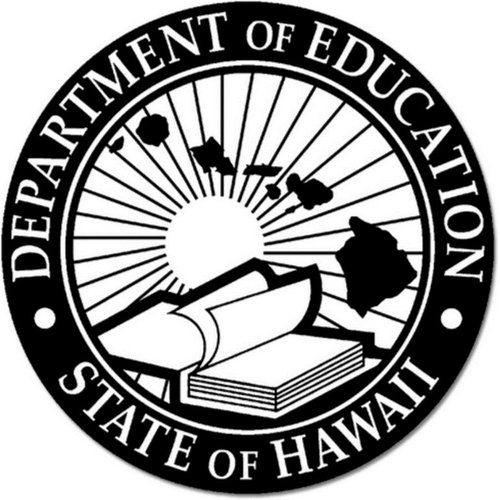Attendance in R.I. public schools is on the rebound after pandemic plunge – By Alexander Castro, Rhode Island Current
Rhode Island kids aren’t skipping school as much as they used to.
In the 2023-2024 school year, there were 244,375 fewer absences across Rhode Island’s public schools, the Rhode Island Department of Education (RIDE) announced at a Tuesday morning presser. The department estimated that’s equivalent to about 1.3 million hours of learning time.
Overall, the increased attendance numbers represent a 4.2 percentage point decrease in chronic absenteeism from the previous academic year. There were 5,955 fewer students who were chronically absent, which is defined as missing at least 10% of the school year, or about two days a month.
Angélica Infante-Green, the state’s education commissioner, said those numbers are a big win, even if chronic absenteeism rates still exceed pre-pandemic levels.
“For people that may say, ‘That’s not big enough.’ You’re right. But it’s big,” Infante-Green told the audience gathered in the Governor’s Room of the Rhode Island State House. “We cannot support students if they’re not in school.”

Virginia’s school bus driver vacancy rate improves – By Nathaniel Cline, Virginia Mercury
Virginia’s school bus driver vacancy rate has decreased by five percent over the past three school years, according to the Virginia Department of Education.
After the legislature amended its reporting requirements, the agency started collecting bus driver vacancy data two years ago. Factors like pay and recruitment challenges, and drivers leaving for the private sector, led to the shortage of drivers.
In addition, schools were closed to in-person leaving some drivers to find other ways to meet the increased cost of services and goods due to inflation that burdened families in Virginia.
During the 2021-22 school year, Virginia recorded a vacancy rate of full- and part-time drivers at 16% in 2021-22. The rate decreased to 11% in 2022-23 and last year to 10%. Data on the upcoming school year 's driver vacancy rates will not be available until the fall.

Texas schools got billions in federal pandemic relief. It is coming to an end as the school year starts. – By Jaden Edison, The Texas Tribune
The $43 million infusion the Port Arthur Independent School District received in federal COVID-19 pandemic relief funds accomplished more than Phyllis Geans could have ever imagined.
The money allowed the district to upgrade antiquated heating, ventilation and air conditioning systems. Teachers earned retention stipends at a time when many were leaving the profession. Students received new band instruments. An ambitious summer program taught them about photography, robots and skydiving.
“We were excited, really excited, because we started thinking about things that we knew were almost impossible,” said Geans, Port Arthur ISD’s assistant superintendent of operations. “It was unreal.”
Districts like Port Arthur ISD, where roughly 85% of students are economically disadvantaged, received a level of financial support they likely wouldn’t have received otherwise — and they took advantage of it by investing in community health, learning, infrastructure and safety.

Professional Development Can Be Lucrative For Hawaii Teachers — And Hard To Come By – By Megan Tagami, The Civil Beat
Over the course of a year, Kamuela Kimokeo’s online students at Windward Community College learn the fundamentals of Hawaiian music, including how to play the ukulele, write songs and record their own compositions.
Many of Kimokeo’s students are teachers themselves. Since last year, the class has garnered growing interest from educators in the Hawaii Department of Education who hope to incorporate Hawaiian music in their lessons.
“Music is a missing piece in a lot of young kids’ education,” said Kimokeo, who is also a singer and songwriter. Roughly 80 participants have expressed interest in the 50-seat program so far, requiring him to start a waitlist of students for the 2025-26 academic year.
Teachers are eager to learn the subject, but many are also interested in increasing their pay. By taking coursework offered through local colleges or the DOE, Hawaii teachers earn professional development credits that can translate to pay increases. By advancing one class on DOE’s salary scale, teachers can earn raises in their annual pay ranging from roughly $2,300 to $6,000, depending on their current salary.












